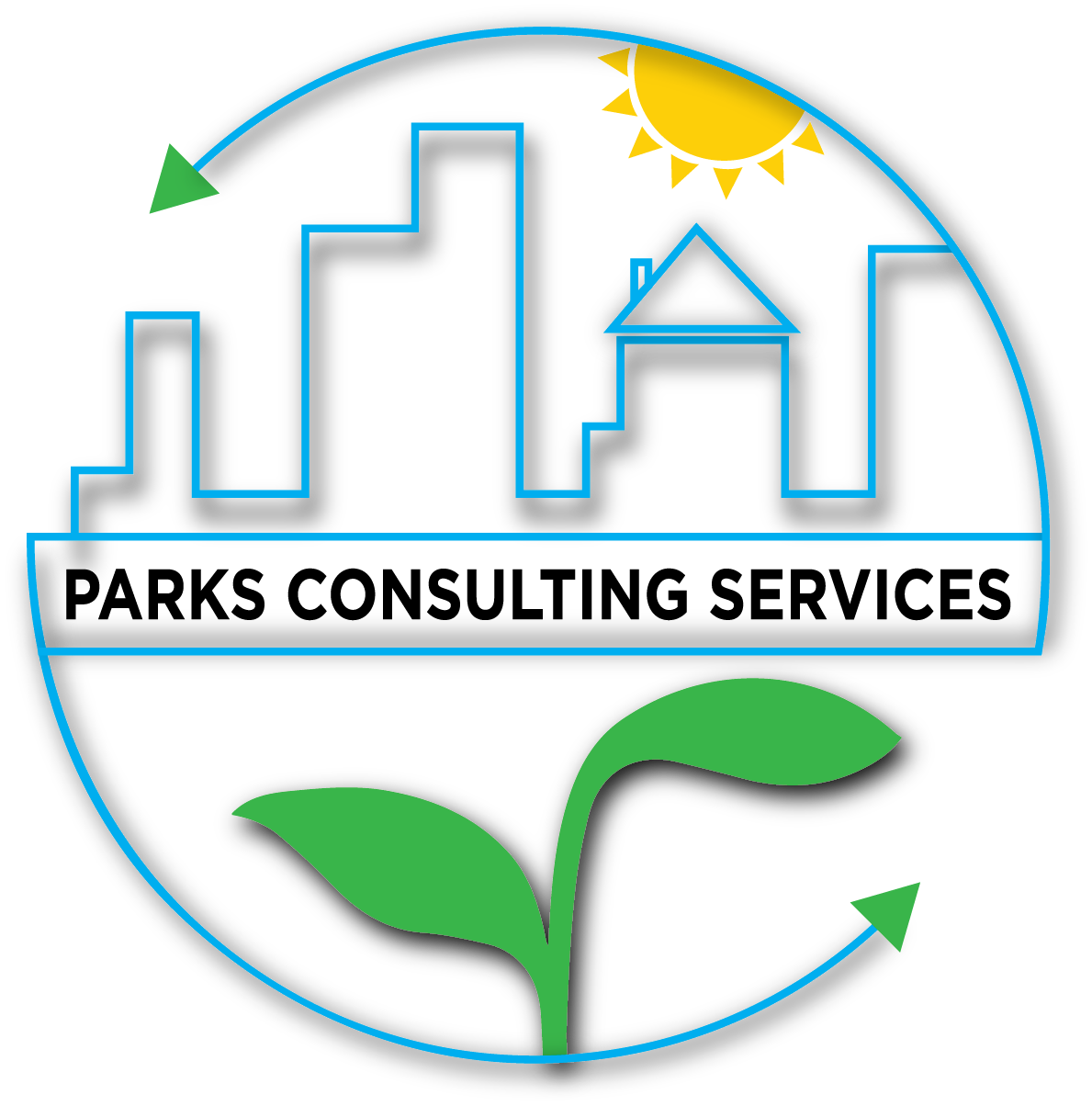 |
ABOUT | TEAM | PROJECTS | CONTACT US |
|
IVY PARKS Owner |
As the owner of Parks Consulting Services (PCS), Ivy has played a crucial role in the company's growth since its inception in 2012. Beyond being integral to the firm's business development efforts, Ivy oversees all administrative functions, including finances, insurance, human resources, and licensing/certifications. She earned her MBA from the University of Central Florida and currently serves on the board of Lake Sumter State College. Under her leadership and vision, PCS is well-positioned for growth as a woman-owned business in the state of Florida. |
SEAN M. PARKS, AICP, QEP CEO, Senior Scientist and Planner |
Sean is the CEO of Parks Consulting Services as well as a Lake County Commissioner (re-elected to a fourth term in 2022). He is the firm’s principal scientist, since 2012, and has over 26 years of environmental planning experience. Sean is a municipal planning consultant focusing in the areas of development review, grants, long range planning, and economic development. He also serves on the board for the Central Florida Expressway Authority as well as others. Sean’s diligent work has built PCS into a business that thrives on innovation, personal commitment, shared vision and principles. |
|
LISA BUSTO Project Manager & Graphic Artist |
A member of the PCS team since 2017, Lisa works on a variety of projects including municipal development review, long range planning, graphic design, grant writing and administration. She participates in bi-monthly municipal planning meetings and prepares for and attends monthly council and planning & zoning hearings. Additionally, Lisa assists the team in producing environmental planning reports. With a background in events and marketing, she helps to coordinate the CEO’s campaign events as well as assists with the firm’s business development needs. |
RAY POWERS GIS & Mapping Specialist, Junior Scientist |
Ray joined PCS in 2024. His areas of expertise include Phase I Environmental Site Assessments, Ecological Assessments, and wetland delineations. A fifth-generation Florida native and Lake County native, he is a graduate of Umatilla High School and Lake Sumter Community College. He holds a BS degree from Florida Southern College, where he graduated summa cum laude. Ray is licensed as a realtor, insurance adjuster, and has licenses in property and casualty insurance. His professional experience includes working as an Engineer Tech for the Lake County Soil and Water District, an Irrigation Engineer for Morton Irrigation Company, and an Operations Manager for Hi-Acres Citrus, overseeing a 10,000-acre citrus operation. |
|
LAUREN SNODERLY GIS & Mapping Specialist, Junior Scientist |
Lauren joined PCS in 2022 as a GIS Specialist. She has worked on a variety of municipal projects including creating a GIS resource map, documenting entitlements, septic to sewer GIS mapping, as well as planning and zoning review. Lauren performs field visits for Phase I Environmental Site Assessments and Ecological Assessments, delineates wetlands, creates associated maps, and analyzes the spatial data using GIS technology. She earned her BS in Environmental Science and GIS Certificate from UCF. |
APRIL FISHER, AICP Senior Planner |
April has over 30 years of experience in planning for various towns and cities in Florida. She has provided expert testimony in land use litigation, land use planning services for land development applications, comprehensive plan updates for local governments and private sector clients, prepared map amendments, geographic information systems (GIS) services, land development code analysis, and community/public meeting facilitation. April earned her Bachelor of Science in Environmental Studies at the University of North Carolina, and her Master of City and Regional Planning (project concentration in GIS) at Clemson University. |
SEAN M. PARKS, ENVIRONMENTAL PROFESSIONAL
Background image courtesy of
Unsplash.
Creating a goal-driven statement of what a product or application does results in better product experiences. It meets expectations because it is focused on solving the problem it was created to address. There is power in doing one thing and it doing it very well. Francisco Inchauste From Creating a Timeless User Experience
Fitts' law is centered around a mathematical equation that is used to illustrate the time it takes to reach a target object. A target object, in the context of UIs, can be any interactive element, such as a submit button, a hyperlink, and an input field in a web form. The idea is this: The quicker you can reach a target object, the more convenient and easy it is to use. Jason Gross From Improving Usability with Fitts' Law
Visual weight revolves around the idea that distinct elements in a design have varying heaviness relative to each other. Sometimes visual weight is obvious, such as in the case where larger objects appear heavier than smaller objects because they take up more space. In certain instances, it’s not so cut and dry, such as in the case of color. Some colors may look as if they are heavier and more dominant than others. Kayla Knight From Working with Visual Weight in Your Designs





